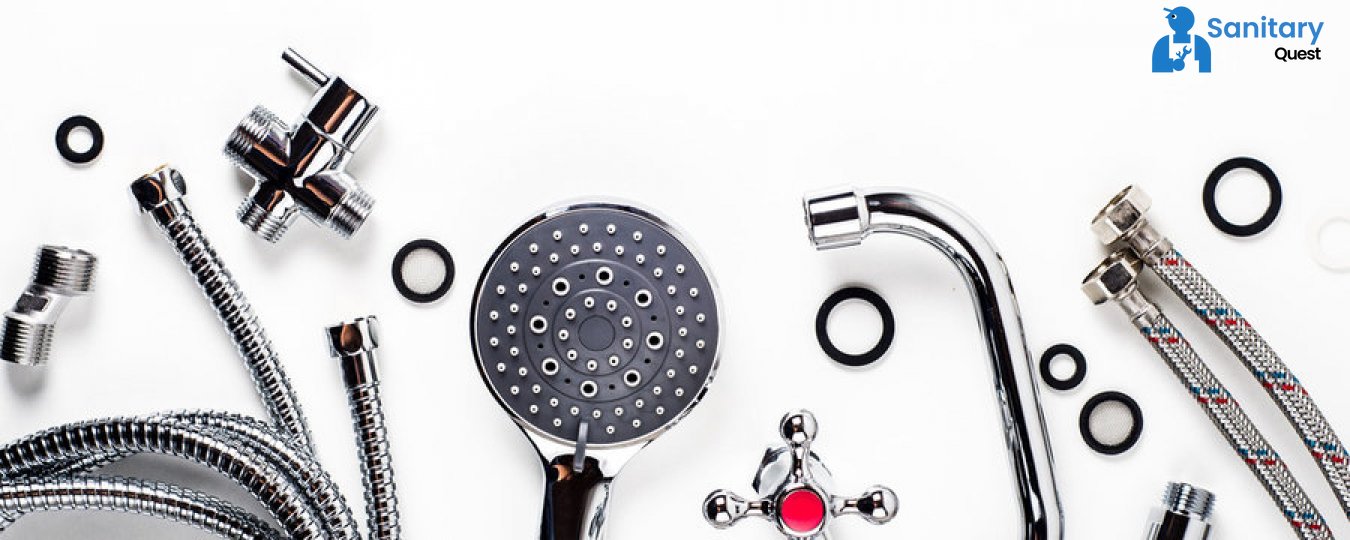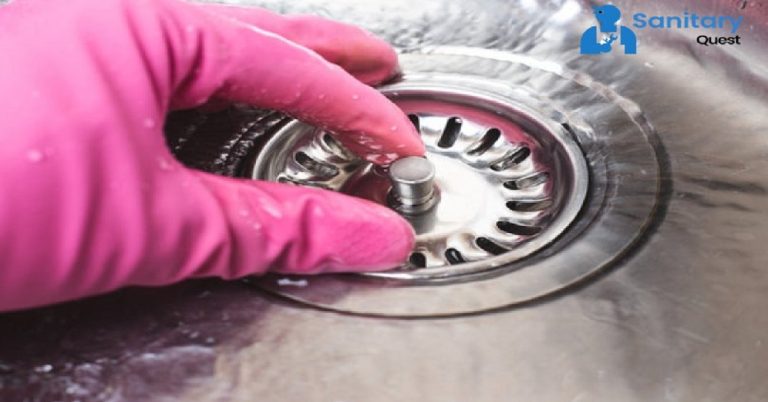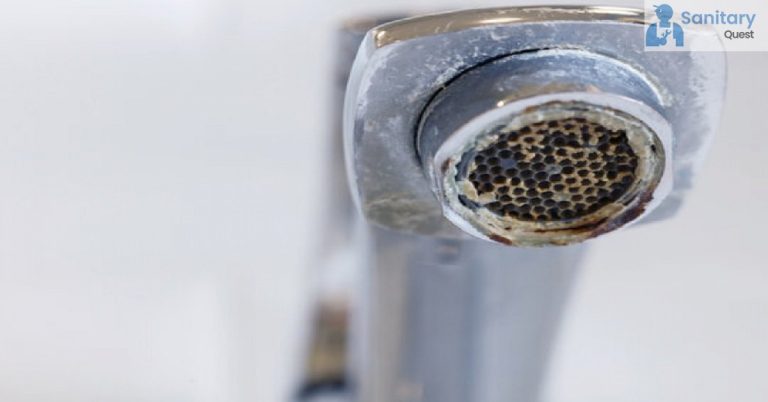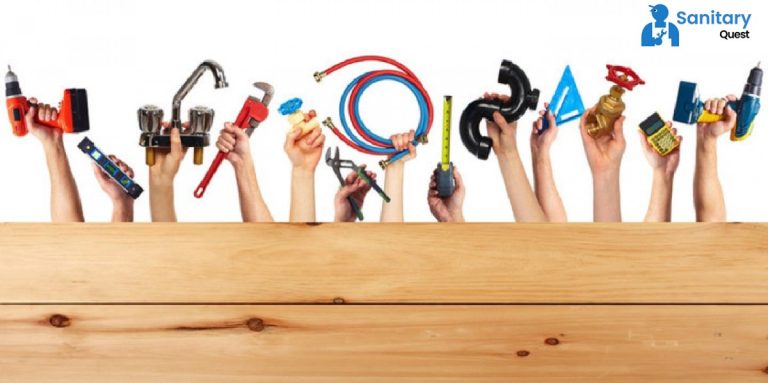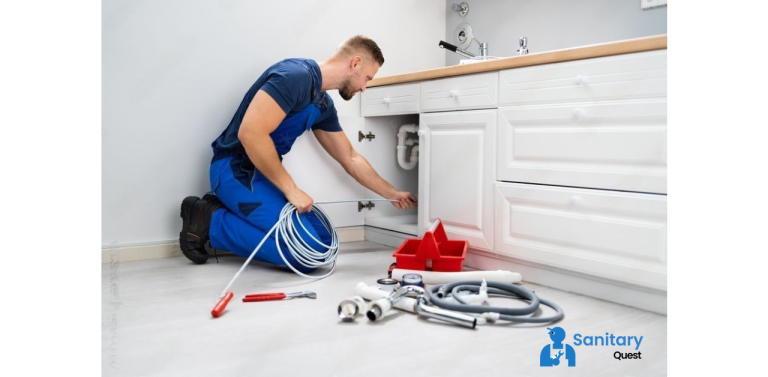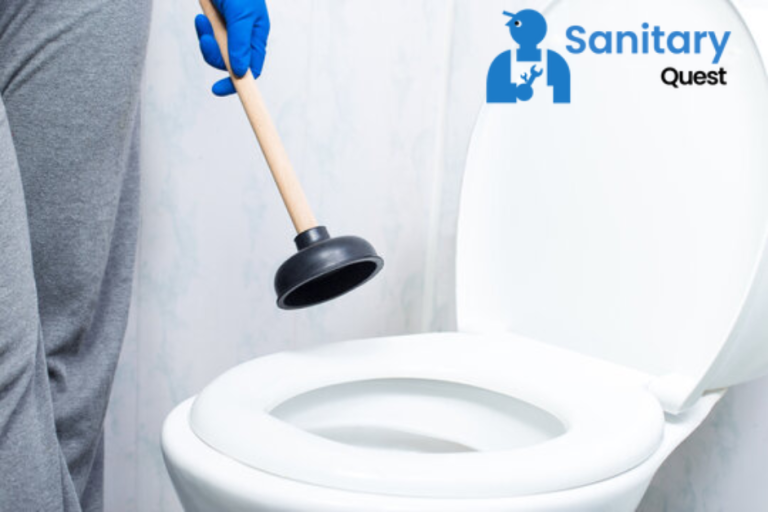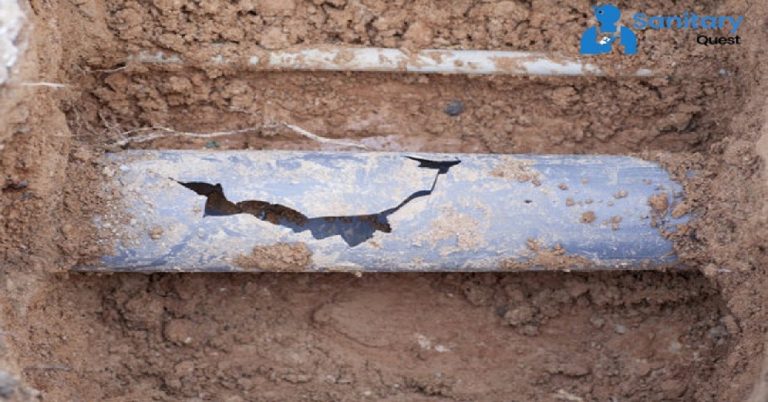When Should You Replace Plumbing Pipes?
You should be aware of the age of your home so you can replace plumbing pipes them when necessary. Although pipes often endure for quite some time without requiring replacement, there are times when it may be necessary.
Replace Plumbing pipes with breakdown pipes in residential properties
Have you resided in your home for an extended period? Have you just recently moved into this older house? If you answered “yes” to any of these questions, it is possible that it is high time for you to consider having you replace plumbing pipes.
It is possible that you will need to replace plumbing pipes sooner rather than later. This will depend on the age of your property, the kind of pipes that were originally placed, as well as the condition that your pipes are currently in.
Copper, galvanized steel, lead, and plastic rank among the most commonly used materials to replace plumbing pipes.
What is the Expected Lifespan of My Water Pipes?
The following is a list of some of the most popular types to replace plumbing pipes materials found in homes, along with an estimate of how long they will last:
Supply Pipes
Due to the constant pressure, supply pipes experience significant wear and tear. As the pipes conveying water into your home age, the potential for developing leaks increases. It’s important to note that leaks might not become apparent immediately.
In general, the following lifespans apply to most domestic supply pipes:
- Copper Pipes: 70-80 years
- Galvanized steel pipes: 80–100 years
- Brass Pipes: 80-100 years
Faucet Lines
Because the pressure in the lines leading to the faucets and sinks is lower than that in the main supply pipes, these lines tend to have a longer lifespan. In most cases, issues can be resolved after they have been identified. If, despite this, the problems continue, it may be necessary to replace the plumbing pipes that go to your faucets. People also change the lines of their faucets for purely aesthetic reasons, such as:
- Ease of use
- Water efficiency
- Bathroom renovations
- Upgrade in new bathroom technology
Machine Supply Hoses
Leaks from washing machines are among the most prevalent and potentially destructive leaks in any house. Even though a minor leak might not seem like a significant thing at first, it has the potential to soon become a much larger one. In the event of discovering any leaks, it is crucial to address them promptly. The hoses that bring water to your washing machine should be changed every three years. Additionally, it is essential to check the hoses for the following issues:
- A buildup of water should not be present in the hoses, and they should be kept dry. Turn off the water supply and get in touch with a qualified plumber as soon as you discover any signs of corrosion or leakage.
- Damage: Your hoses can sustain damage from a variety of sources, including cracks, holes, and general wear and tear. In the event that you observe any of these issues, it is highly recommended that you immediately replace plumbing pipes.
- The presence of bubbles in the system can signal an accumulation of pressure in your hoses. This might be the result of a variety of different issues, such as a kink in the hose or an obstruction in the system. In the event that you observe bubbles, you should immediately turn off your water supply and get in touch with a qualified expert.
Drain Lines
Cast iron or plastic (PVC) are the two most common materials used for drain pipes. These materials are extremely long-lasting and can function well for a number of years. Nonetheless, there are a few factors that might decrease their lifespan, such as damage from tree roots and damage from poor weather conditions. Both of these things can cause problems for them. The following are the typical lifetimes of the most popular types of drain lines: recognize
- Pipes made of plastic PVC: 25–40 years
- Cast iron pipes: eighty to one hundred years ago when
Toilet Pipes
It’s crucial that you replace plumbing pipes leading to your bathroom and toilet. In general, the following can be expected from various toilet components over time:
- Four to five years is the average lifespan for levers, valves, flappers, and fittings.
- Twenty to thirty years for wax seals
Handle: Although there is no set schedule for when the handle should be replaced by plumbing pipes, it should be changed if it becomes loose, the toilet does not completely flush, or the water is running by itself.
Water Heater
It is recommended that a conventional water heater be updated every 10 to 15 years. Tankless water heaters typically have a lifespan of approximately 15-20 years longer than conventional water heaters. It’s time to get a new water heater if you’ve noticed any of these issues with the one you now have:
- The thermostat was broken.
- A heater that is corroded or leaking
- Circuit breaker difficulties
- Problems with the pilot light
- Sticking valve
The disposal of garbage is another item that may be seen in many homes today. While their longevity surpasses that of many other appliances, it is advisable to consider replacement every 15 years for optimal performance. It is time for a replacement if you find that your trash disposal is leaking, producing unusual noises, or isn’t performing as effectively as it once did.
As can be seen, there is a significant disparity in the amount of time that various kinds of pipes are expected to last. Both the type of materials that are utilized and the method that is utilized to install the pipes may have a significant impact on how long the pipes will endure. On the other hand, you can help your pipes last for a longer period of time if you keep an eye out for any symptoms of wear and tear and take care of any problems as soon as they appear.
FAQs
Q1: How can you determine if pipes require replacement?
Identifying whether pipes need replacement involves paying attention to several key signs. One of the most evident indicators is persistent leaks or water stains on walls and ceilings, suggesting deterioration or damage. Rust or corrosion on pipes, visible either externally or through discolored water, is another clear signal of potential issues.
Q2: When is it advisable to replace my piping?
It’s a good idea to think about changing pipes in a few situations. One important thing to think about is how old the pipes are, especially if they’re made from materials like galvanized steel or polybutylene that can wear out. Old pipes can easily get leaks, rust, and other problems that make the plumbing not work well.
Q3: How can I tell if I need a new plumbing system?
Determining if you need a new plumbing system involves considering various factors. One clear sign is persistent and recurring issues, such as frequent leaks, burst pipes, or ongoing plumbing repairs. If your plumbing system is aging, with pipes made of materials prone to deterioration, like galvanized steel or polybutylene, it may be more susceptible to problems and could benefit from a comprehensive upgrade.
Q4: How long do pipes typically endure?
Pipes can stay good for different times, and it depends on what they’re made of and where they are. Some pipes, like copper ones, can last a really long time, even more than 50 years. But other pipes, like steel ones, might last between 20 to 50 years.

